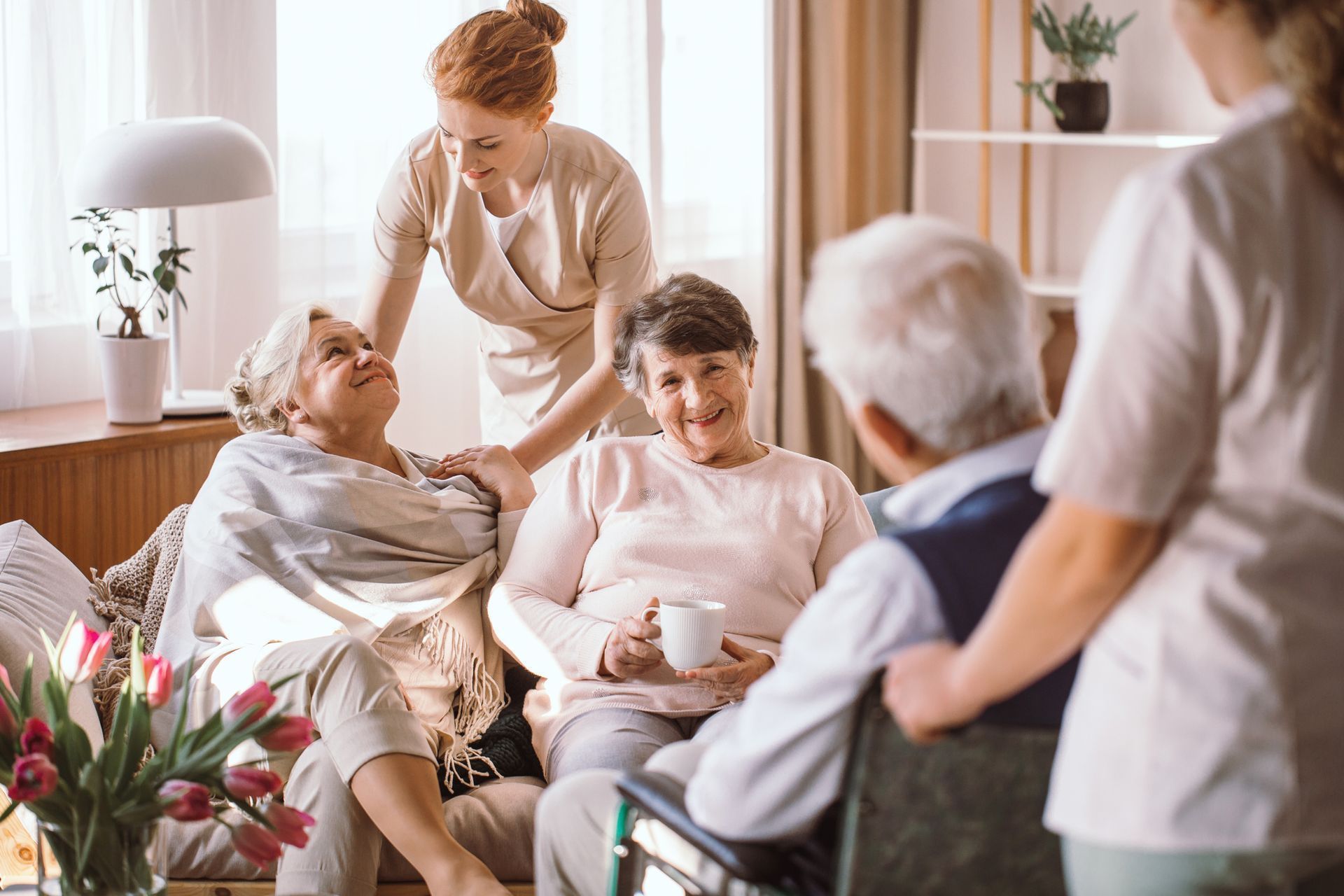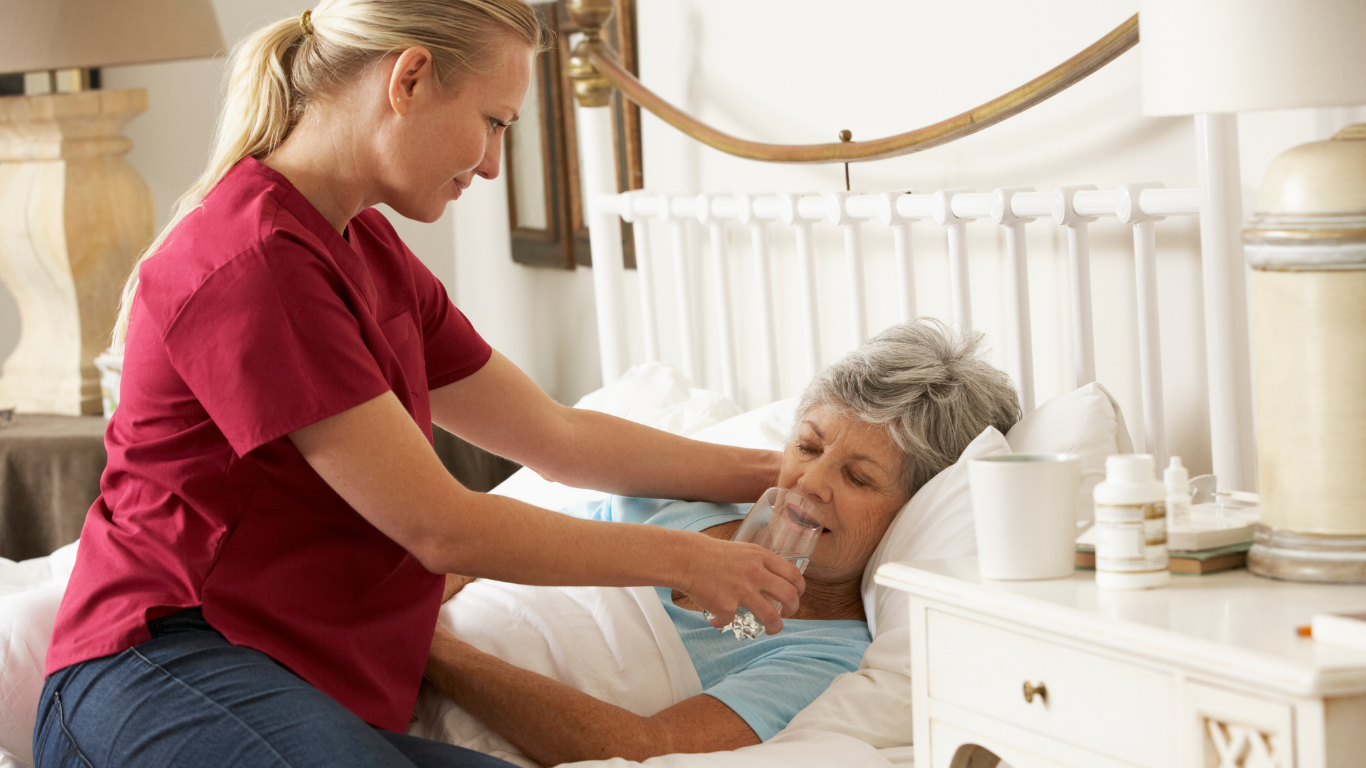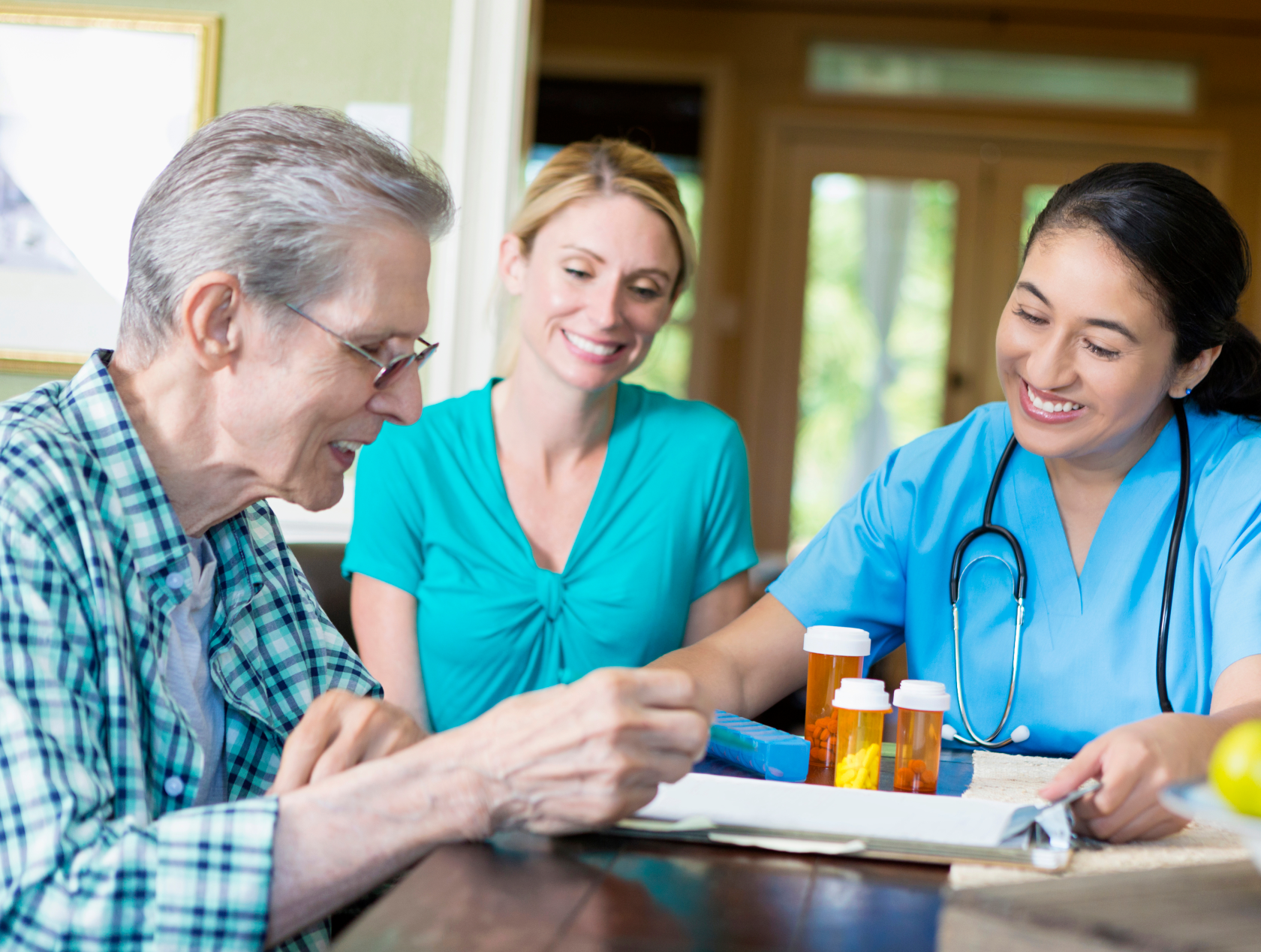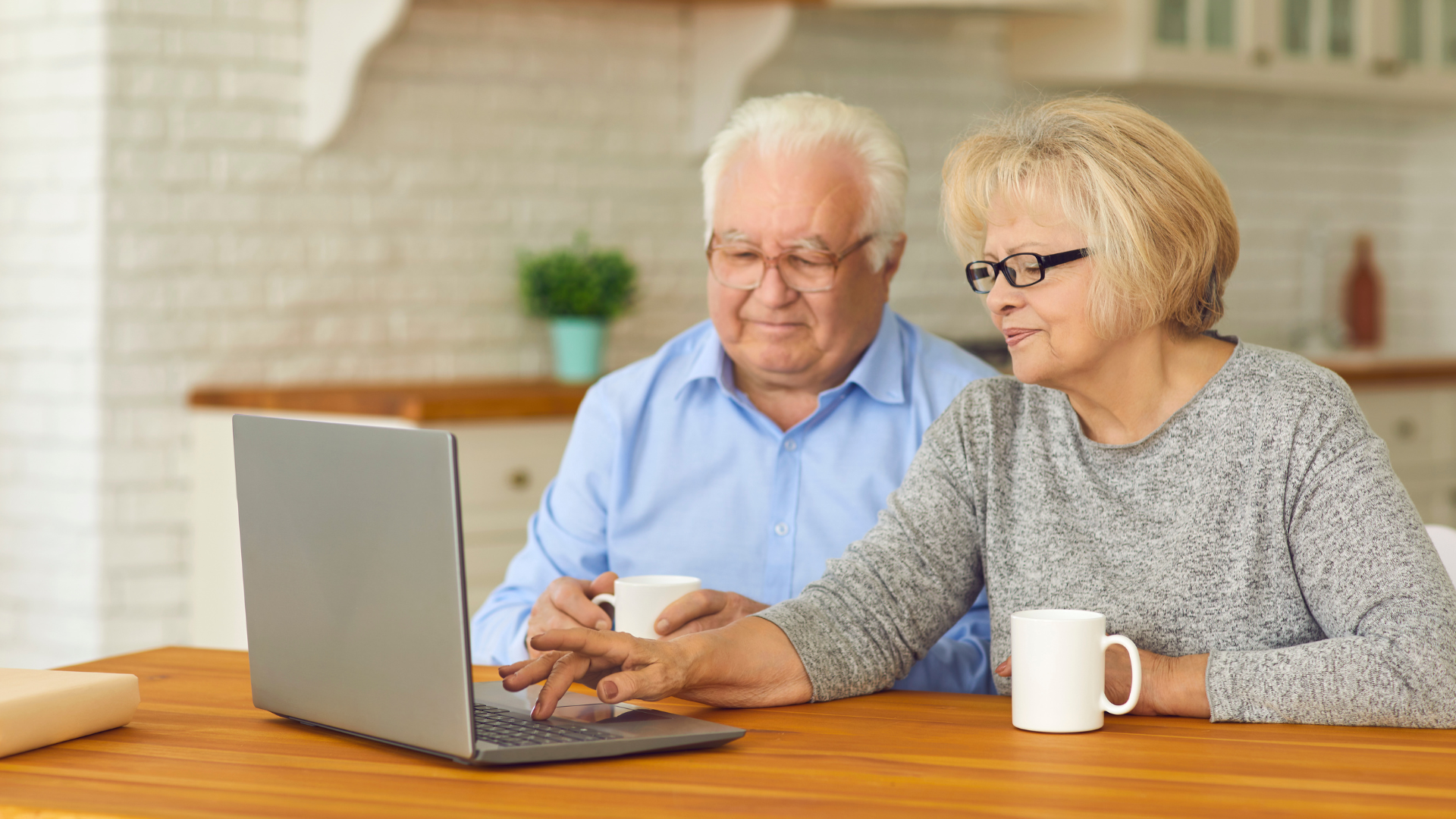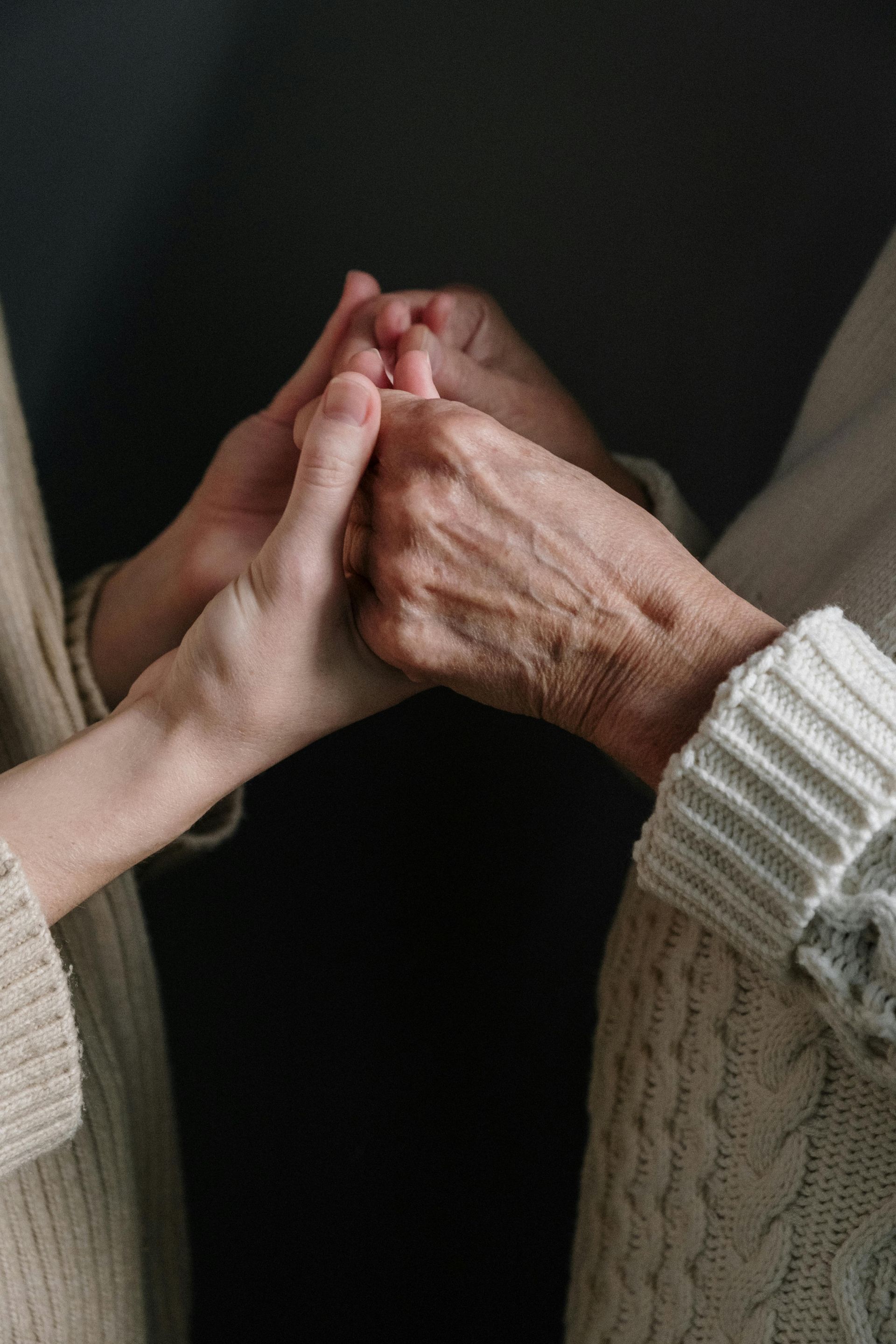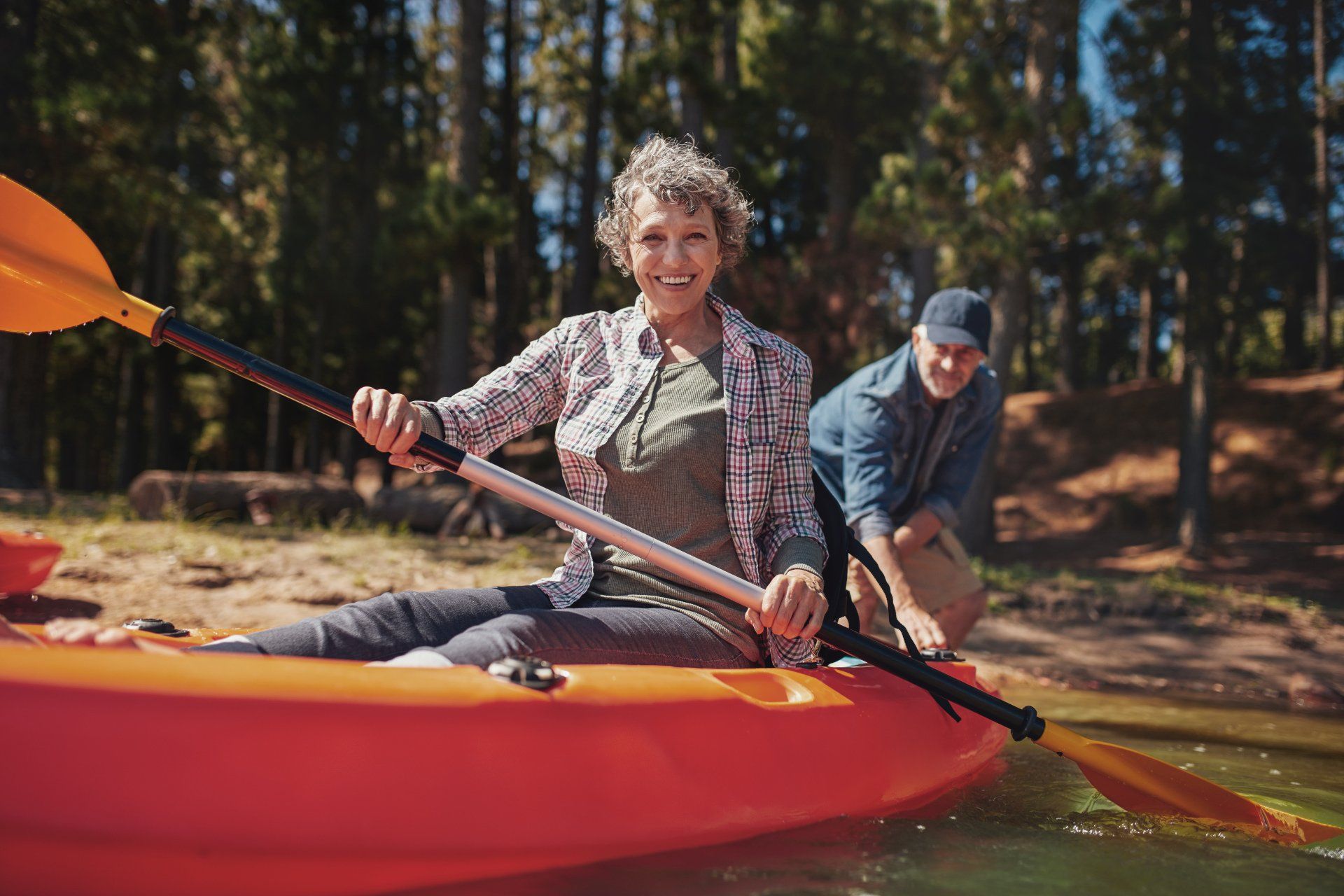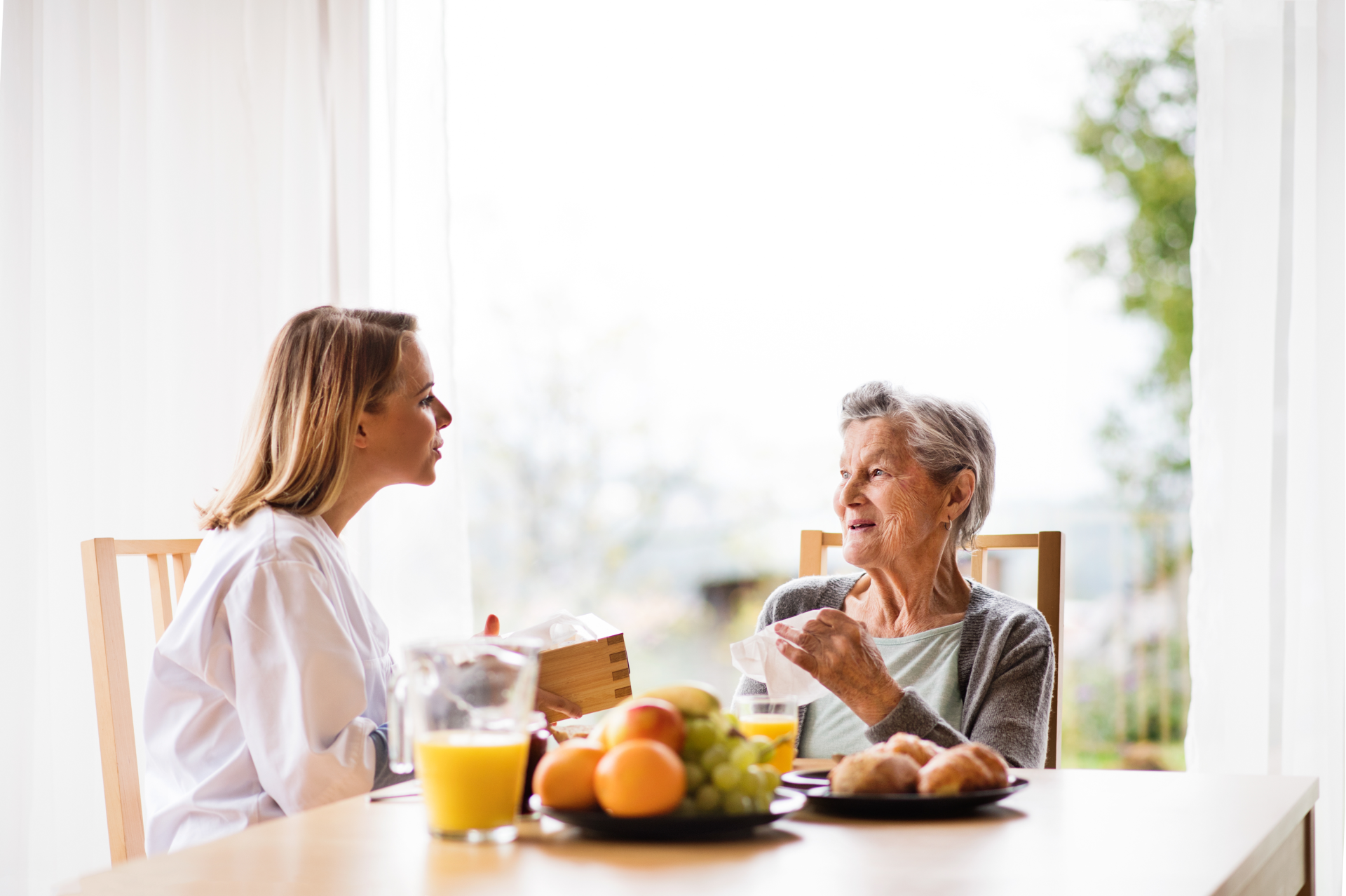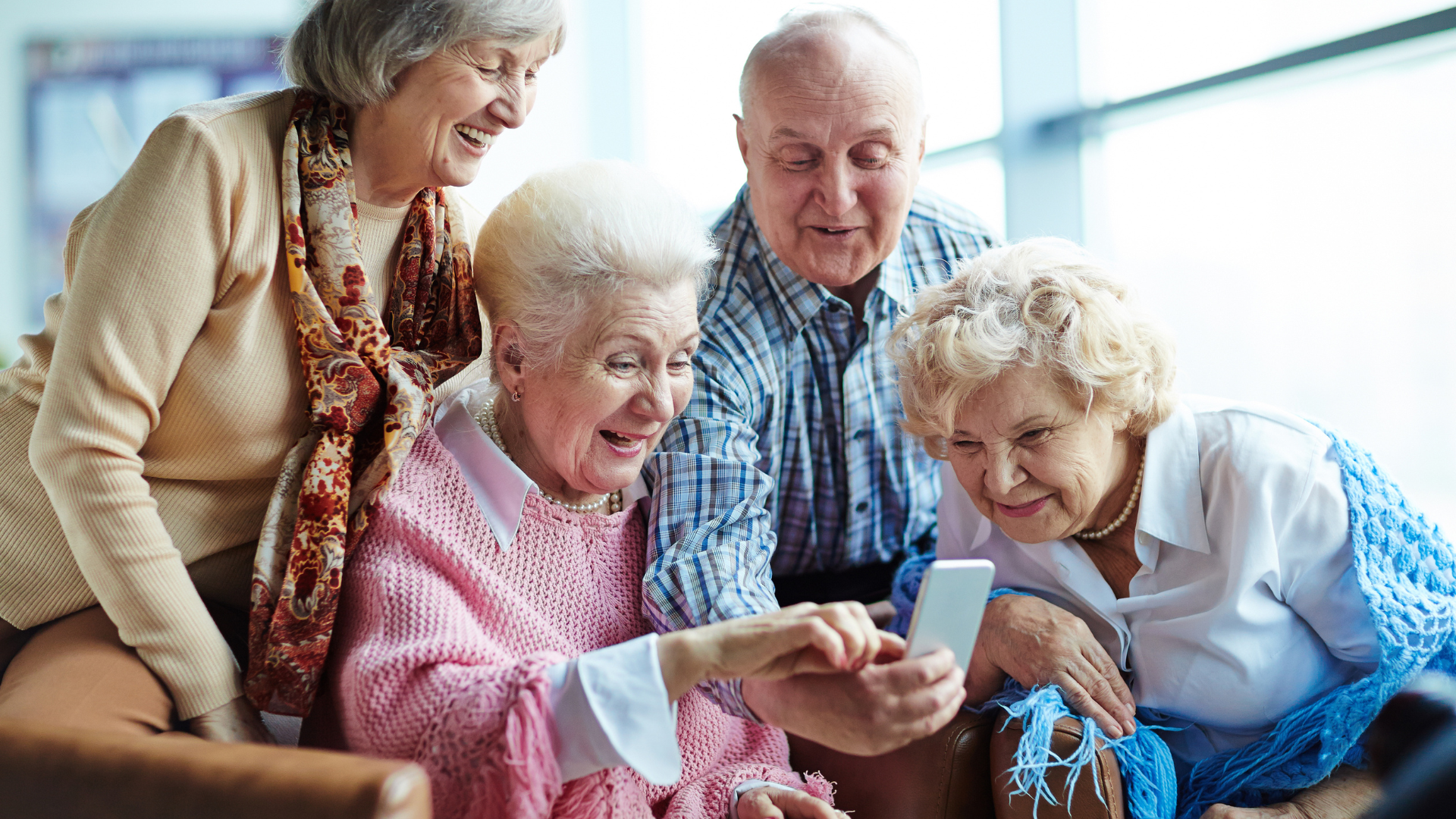10 Essential Home Safety Tips for Seniors: Creating a Secure Environment for Aging in Place
Aging in place allows seniors to stay in the comfort of their own homes as they grow older, maintaining their independence and dignity. However, as we age, our bodies undergo changes that can increase the risk of accidents or injuries. Making sure that the home environment is safe and accessible is critical in reducing these risks.

Here are 10 essential home safety tips for seniors to help create a secure environment for aging in place.
1. Ensure Clear and Unobstructed Walkways
One of the most common causes of falls in seniors is tripping over obstacles. It’s crucial to keep walkways clear of clutter, such as loose rugs, electrical cords, or furniture. Ensure that all hallways, stairs, and entryways are free of obstacles, and furniture is arranged so that it doesn’t obstruct movement. This simple step can help prevent tripping hazards and make it easier for seniors to navigate their homes.
2. Install Grab Bars and Handrails
Bathrooms are one of the most dangerous areas for seniors, with slip-and-fall accidents being common. Installing grab bars in the shower or bathtub, next to the toilet, and along hallways or stairs can provide extra support when moving around. Handrails along stairs and ramps also provide stability and security, helping seniors maintain balance and avoid falls.
3. Improve Lighting Throughout the Home
Adequate lighting is essential for preventing accidents. Poor lighting can make it difficult to spot obstacles or navigate stairs, increasing the risk of falls. Install brighter bulbs in hallways, staircases, and bathrooms, and consider using motion sensor lights to ensure that light turns on automatically when needed. Having well-lit areas will enhance visibility and reduce the risk of accidents.
4. Use Non-Slip Mats and Rugs
In bathrooms, kitchens, and any area prone to getting wet, using non-slip mats is essential. These mats can help reduce the risk of slipping and falling, especially when getting in and out of the shower or standing at the kitchen sink. Avoid using throw rugs or area rugs without a non-slip backing, as these can easily slide and cause falls.
5. Ensure Easy Access to Everyday Items
For seniors with limited mobility, it’s important that everyday items are within easy reach. Consider lowering shelves or using extended grabbers to help access items stored on high shelves. Avoid storing essential items in cabinets or closets that are too high or require bending down to access. This reduces the chance of overexertion and helps avoid falls caused by reaching for objects.
6. Install a Stairlift or Elevator
If stairs are a part of the home and mobility is becoming an issue, consider installing a stairlift or even an elevator if possible. Stairlifts can help seniors move up and down stairs safely without the risk of falling. For multi-level homes, this can make a huge difference in maintaining independence while avoiding the dangers of navigating stairs.
7. Maintain a Comfortable Temperature
As we age, our bodies may become less able to regulate temperature effectively. It's important to maintain a comfortable and safe temperature throughout the home, especially in extreme heat or cold. Ensure that thermostats are easy to adjust, and that seniors are aware of how to operate the heating and cooling systems safely.
8. Ensure Proper Flooring
The type of flooring in the home can have a significant impact on safety. Hardwood or tile floors, while aesthetically pleasing, can be slippery, particularly in areas that get wet. Consider adding area rugs with non-slip padding or investing in slip-resistant flooring options. Carpeting, while not ideal for everyone, can provide a more stable surface for walking and can help cushion a fall if one does occur.
9. Have a Personal Emergency Response System (PERS)
A Personal Emergency Response System (PERS) is a wearable device that can be pressed in case of an emergency to alert family members or emergency services. It’s particularly useful for seniors who live alone, as it provides peace of mind knowing that help is only a button press away. These systems are affordable, easy to use, and a vital safety tool for aging in place.
10. Establish a Regular Home Safety Review
Home safety is not a one-time task—it’s something that should be reviewed periodically. Regularly check for any new hazards, such as a loose rug, broken handrails, or expired smoke detector batteries. Involve the senior in the process, asking them for feedback on areas where they may be having difficulty or feeling unsafe. This ongoing evaluation helps ensure that the home continues to be a safe and comfortable environment for aging in place.
Conclusion
Aging in place offers seniors the opportunity to live independently in their own homes, but it requires careful consideration of home safety. By following these 10 essential home safety tips, seniors can create a secure environment that minimizes the risks of falls and accidents. From installing grab bars to improving lighting and using non-slip rugs, small changes can make a big difference in ensuring that seniors continue to live safely and comfortably in their own homes.
Contact us today for a home safety assessment and learn how we can help you make your home more accessible and fall-proof. Together, we can create a secure environment where seniors can continue to live independently and comfortably. Reach out now to schedule a consultation!

